A Rainbow Eclipse and X-Ray Fireworks Are Among These Cosmic Treats
A solar eclipse painted the cloudy U.K. skies and an explosion rocked a stellar corpse in our picks for this week’s best space images
/https://tf-cmsv2-smithsonianmag-media.s3.amazonaws.com/filer/71/4f/714f509f-5c58-49bc-9dfa-6f58e186b977/16868515851_048f5d923a_k.jpg)
A colorful solar eclipse, a blue-tinged holiday aurora and a "classic" star explosion feature among our picks for this week's best space-related pictures.
...
...
Rainbow Eclipse
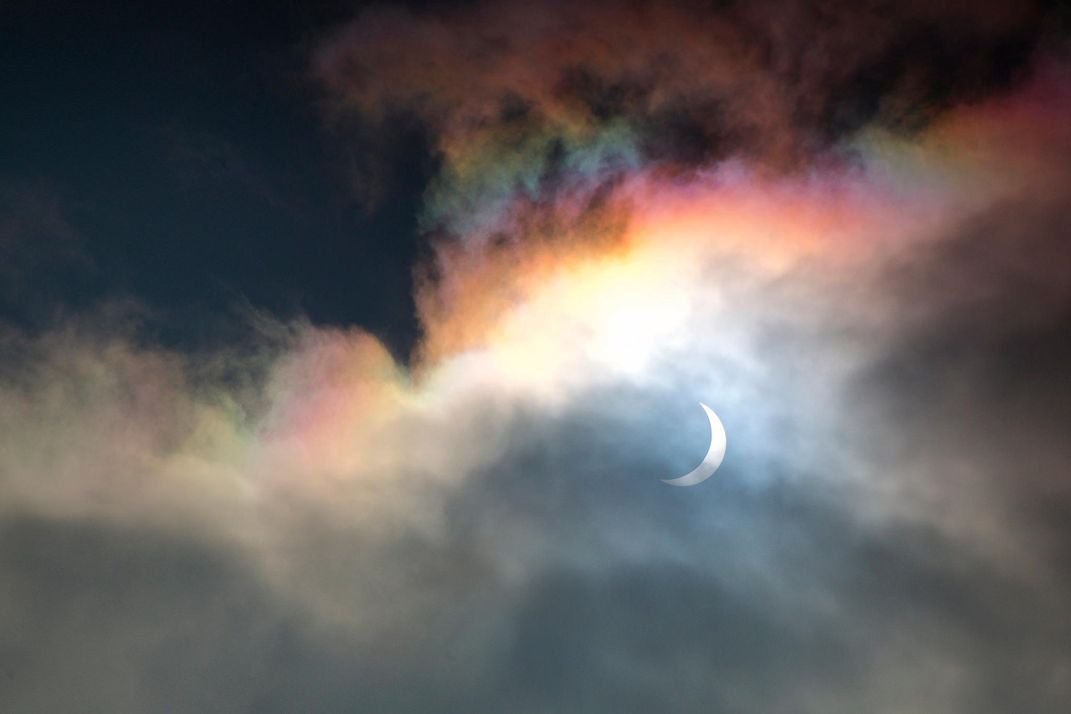
On March 20 a total solar eclipse blotted out the sun for viewers in the high north, including the Faroe Islands and the Norwegian archipelago of Svalbard. Viewers in parts of Europe, Africa and Asia saw a partial eclipse, like the one captured here from the town of Chester in the United Kingdom. Enough sunlight blazed through during the event to create a prismatic effect in the thin clouds over Chester. Solar eclipses happen when the moon is aligned between Earth and the sun in such a way that its shadow crosses our planet. Eclipses only happen when the moon is new, or full but dark as seen from Earth. New moons happen once or twice a month, but because the moon orbits at a slight incline with respect to Earth, not every new moon produces an eclipse, explains EarthSky Tonight.
Aurora Sings the Blues
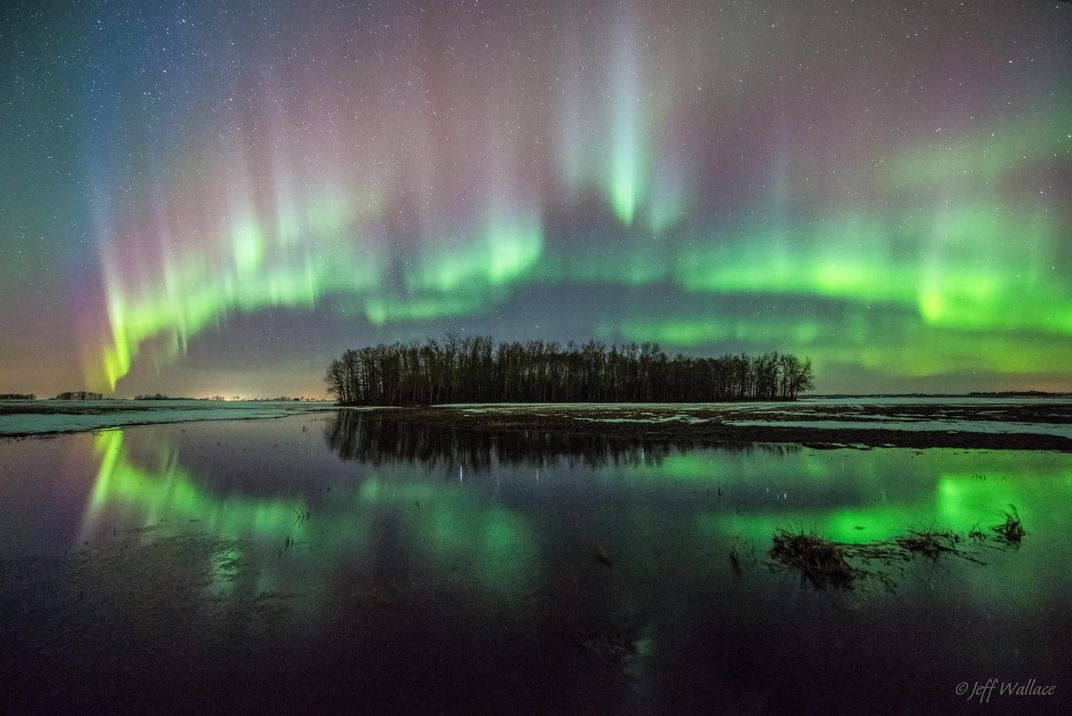
Blue and purple highlights add to the otherworldly beauty of the green aurora snaking across the sky over Alberta, Canada, captured by Jeff Wallace on March 17. The light show was sparked by a particularly intense solar storm that hit Earth on St. Patrick's Day, turning many skies green for the holiday—although perhaps the touch of blue here is equally fitting. Auroras happen when solar particles collide with gases in our atmosphere, energizing the molecules and causing them to emit light. The colors of an aurora depend on the types of gases involved and how high they are in the sky—blue tones usually come from light gases such as hydrogen and helium higher in the atmosphere.
Sparkling Dwarf
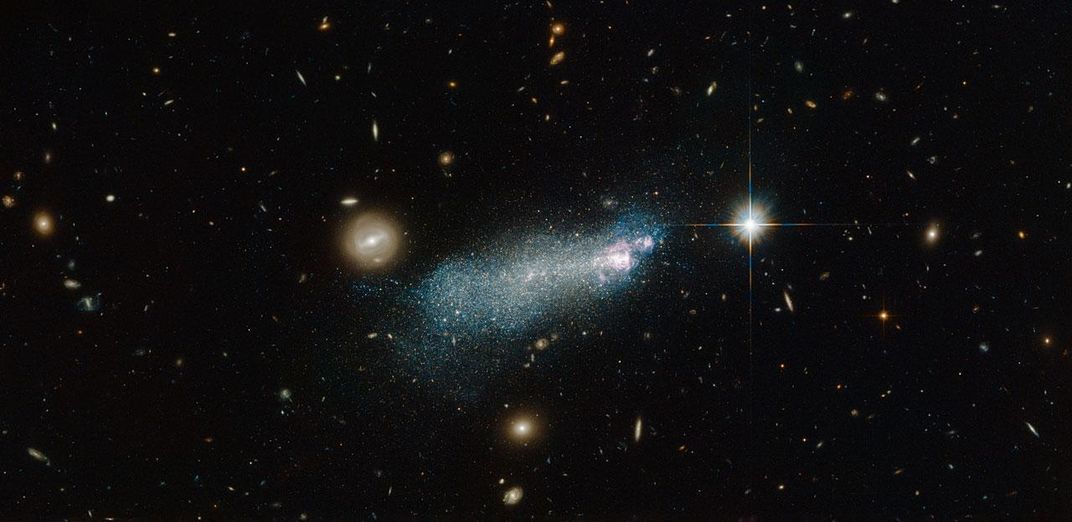
A small galaxy resembles a sprinkling of stardust across the inky backdrop of deep space in an image from the Hubble Space Telescope posted on March 16. The blue compact dwarf, known to astronomers as PGC 51017, is undergoing a burst of new star formation—it is mostly filled with bright blue stars that are relatively young, at just over 1.3 billion years old. The dwarf galaxy is an inviting target for scientists trying to understand how the first galaxies formed in the early universe. That's because some of the earliest stars were probably born in dwarf galaxies like PGC 51017, which then merged to create larger galaxies like the one we call home.
Water World
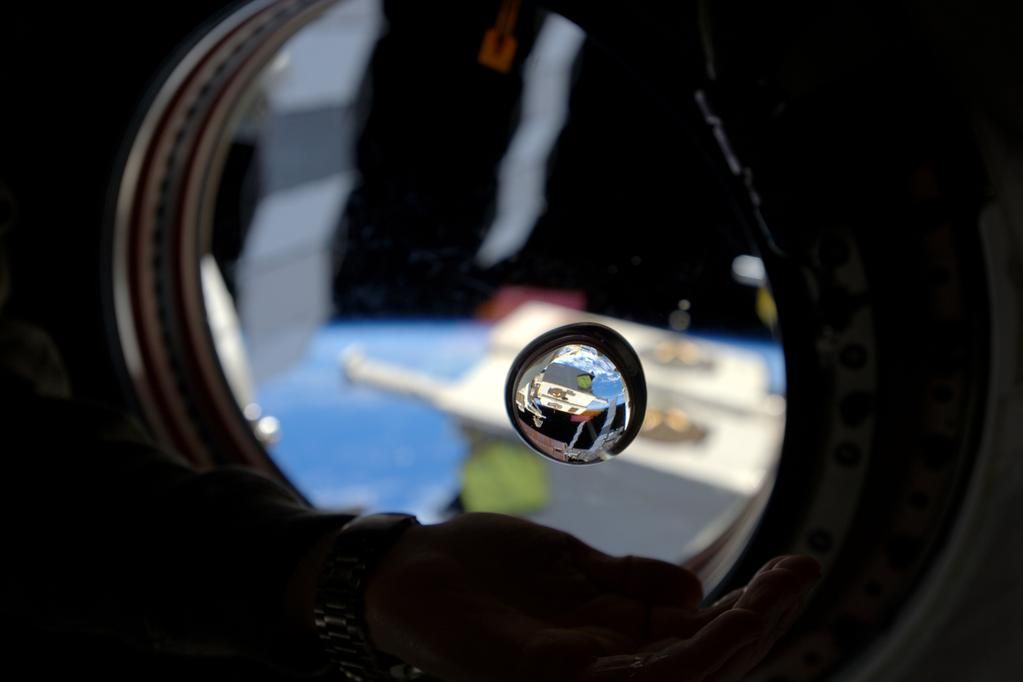
On March 20, celebrated as World Water Day, the UN released the latest edition of its World Water Development Report, which "demonstrates how water is critical to nearly every aspect of sustainable development." The report outlines possible improvements in the way we manage the world's water resources and how that can lead to better food and energy security as well as human and environmental health. To mark the event, astronaut Sam Cristoforetti tweeted this image of water floating aboard the International Space Station with this message: "On Earth, like on ISS, water is limited: let's use it wisely. We're all crew of spaceship Earth."
Stellar Fireworks
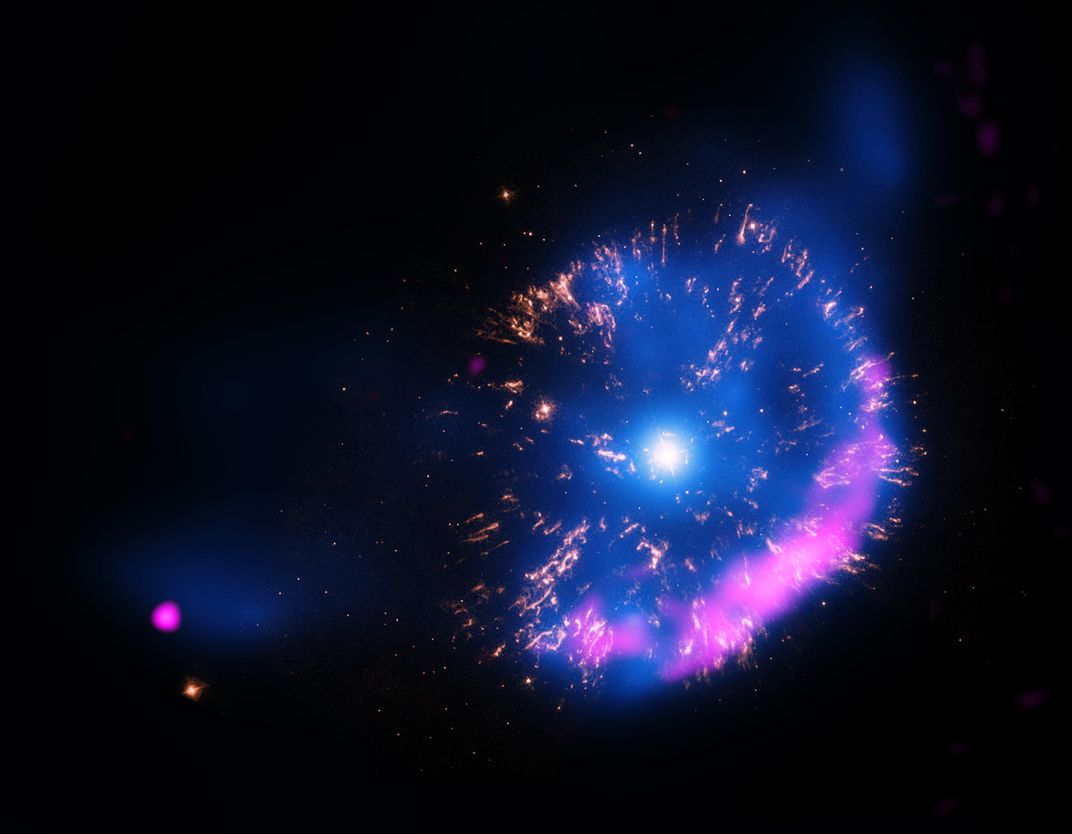
Combining light from X-ray, optical and radio telescopes, this image captures a surface explosion on a white dwarf, the leftover core of a dead sun-like star. The object, called GK Persei, famously flared up in 1901, briefly appearing as one of the brightest stars in the night sky. Today astronomers recognize it as a classical nova, a type of thermonuclear explosion that happens when a white dwarf pulls in material from a nearby companion star. When enough gases build up on the white dwarf's surface, fusion reactions begin, and they can intensify until the material explodes. Classical novae are like mini versions of the supernovae that happen when dying stars explode, but the smaller blasts happen more frequently. So NASA's Chandra X-ray Observatory observed GK Persei over a 13-year period to better understand the way stellar explosions evolve.
Running Hot and Cold
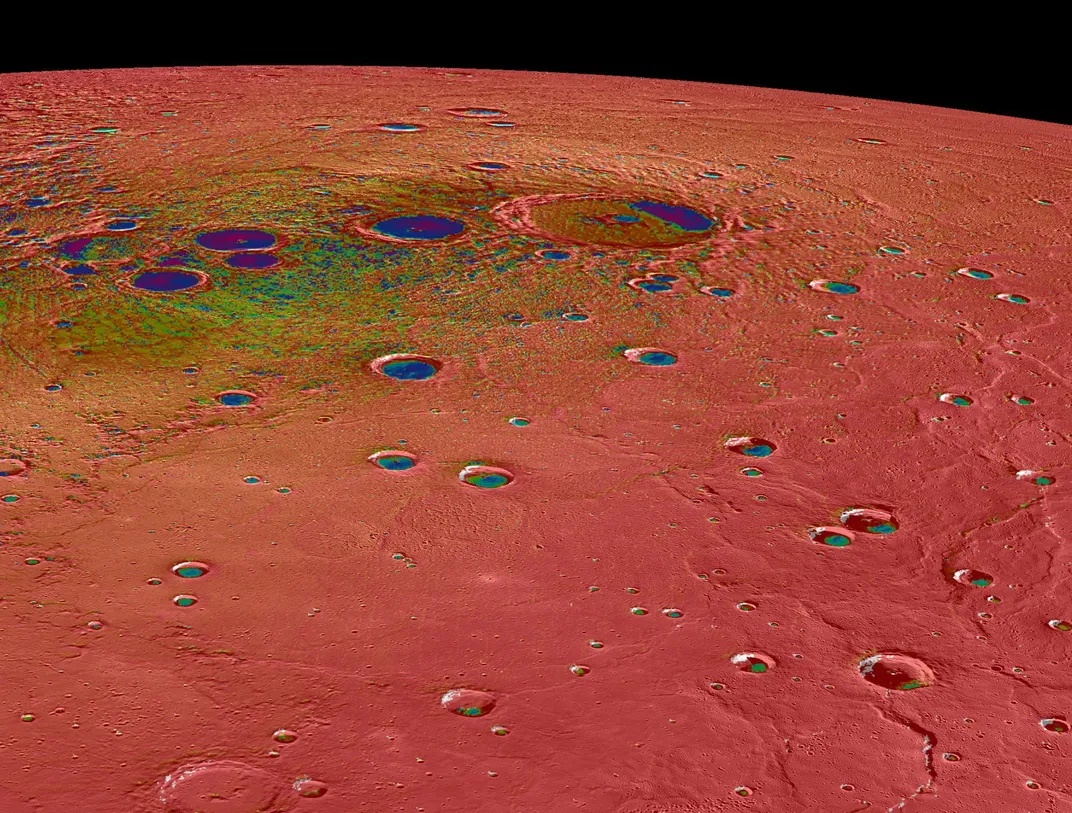
Mars is usually called the red planet, but this false-color image of Mercury shows that the tiny world can get fiery too. In this image from NASA's MESSENGER spacecraft, the cratered face of Mercury’s north polar region has been tinted according to the maximum biannual surface temperature. Being the closest planet to the sun, it's no surprise that large portions of Mercury show up red, to represent temperatures of around 400 Kelvin, or about 260 Fahrenheit. But some of the craters closest to the pole (colored purple) are permanently in shadow, and the maximum temperatures inside are around 50 Kelvin, or -369 Fahrenheit—cold enough for them to hold water ice at the surface.